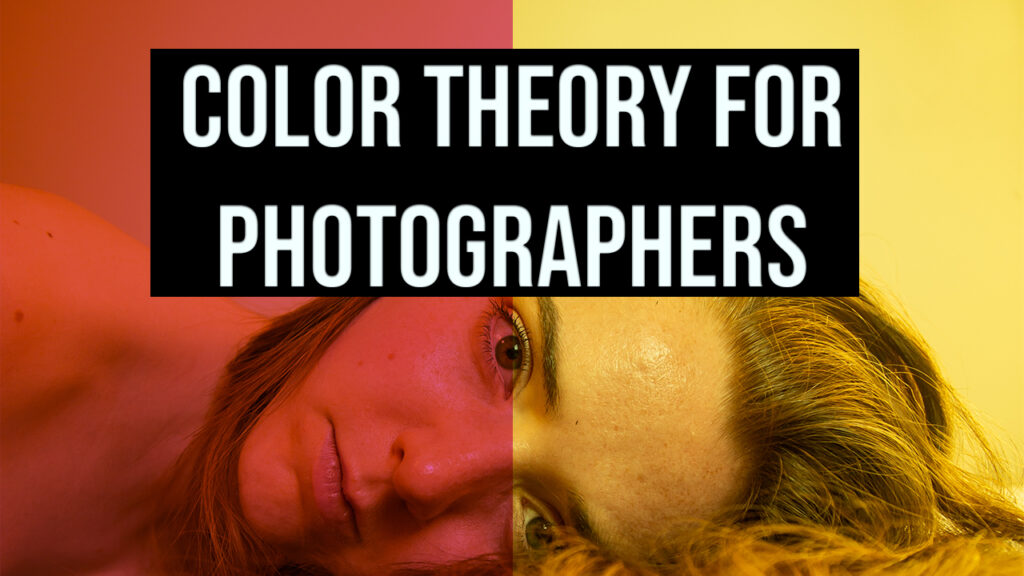What is an ISO in Photography: A Complete Guide
When learning photography, one of the first concepts you’ll encounter is **ISO**. Understanding **what is an ISO in photography** and how it impacts your images is essential to improving your skills and mastering the art of capturing light. This guide will break down everything you need to know about ISO, including its definition, how it works, and practical tips for using it effectively.
What is an ISO in Photography?
In photography, ISO refers to the sensitivity of your camera’s sensor to light. It is one of the three elements of the exposure triangle, along with aperture and shutter speed, that determines the brightness of your image. ISO values are measured in numbers such as 100, 200, 400, 800, and so on, with each step doubling the sensitivity to light.
Key Points About ISO:
- Lower ISO values (e.g., 100 or 200) are less sensitive to light and produce less image noise.
- Higher ISO values (e.g., 1600 or 3200) are more sensitive to light but can introduce more noise or grain into the image.
- ISO helps achieve proper exposure in varying lighting conditions.
How Does ISO Work?
Your camera’s ISO setting amplifies the light signal captured by the sensor. When you increase the ISO, you essentially make the sensor more sensitive, allowing it to capture more light in low-light situations. However, this increased sensitivity comes at a cost: higher ISO values can result in more noise, which appears as graininess in your photos.
Examples of ISO Settings:
- ISO 100-200: Ideal for bright daylight conditions where plenty of natural light is available.
- ISO 400-800: Suitable for indoor settings with moderate lighting or cloudy outdoor conditions.
- ISO 1600-3200: Used for low-light conditions such as night photography or indoor events without a flash.
- ISO 6400+: Great for extremely low-light situations, though noise may become significant.
ISO and the Exposure Triangle
To fully understand **what is an ISO in photography**, it’s essential to see how it interacts with the other two components of the exposure triangle:
- Aperture: Controls the amount of light entering the camera through the lens.
- Shutter Speed: Determines how long the camera sensor is exposed to light.
- ISO: Adjusts the sensor’s sensitivity to light, allowing for brighter or darker images.
These three elements work together to achieve proper exposure. For instance, if you want to maintain a fast shutter speed and a narrow aperture in low light, you might need to increase the ISO to compensate.
Practical Tips for Using ISO
Here are some tips to help you effectively use ISO in your photography:
1. Start with the Lowest ISO
Whenever possible, start with the lowest ISO setting (e.g., ISO 100) to ensure minimal noise and the highest image quality. This is especially important for landscape or studio photography.
2. Increase ISO for Low-Light Situations
In low-light conditions, increasing the ISO allows you to capture brighter images without requiring a slower shutter speed or wider aperture. Be mindful of the noise introduced at higher ISO levels.
3. Use Auto ISO
Many cameras offer an Auto ISO feature that automatically adjusts the ISO based on the lighting conditions. This is especially useful for beginners or when shooting in dynamic environments.
4. Balance ISO with Shutter Speed and Aperture
Always consider the impact of ISO on the other elements of the exposure triangle. For example, if you’re shooting fast-moving subjects, you may need to increase ISO to use a faster shutter speed without underexposing the image.
5. Post-Process to Reduce Noise
If you need to use high ISO settings, you can reduce noise during post-processing using software like Adobe Lightroom or Photoshop.
Common Scenarios and ISO Settings
Below are some common photography scenarios and suggested ISO settings:
1. Outdoor Daylight
ISO 100-200: Bright sunlight provides ample natural light, so use a low ISO to maintain image quality.
2. Indoor Photography
ISO 400-800: For well-lit indoor spaces, this range works well without introducing too much noise.
3. Night Photography
ISO 1600+: Night photography often requires high ISO settings to capture enough light, especially if you’re shooting handheld.
4. Sports and Action
ISO 800-1600: Fast shutter speeds are essential for freezing motion, so a higher ISO may be necessary.
Modern Cameras and ISO Performance
Modern cameras have significantly improved ISO performance, allowing photographers to use higher ISO settings with minimal noise. Full-frame cameras, in particular, excel in low-light situations. For example:
- Sony Alpha Series: Known for excellent high-ISO performance.
- Nikon Z Series: Delivers clean images even at ISO 6400+.
- Canon EOS R Series: Great for low-light photography with high ISO ranges.
Conclusion
Understanding **what is an ISO in photography** is crucial for mastering the art of exposure. By learning how to adjust ISO settings and balance it with aperture and shutter speed, you can capture stunning photos in any lighting condition. Start experimenting with your camera’s ISO settings today, and take your photography to the next level!


